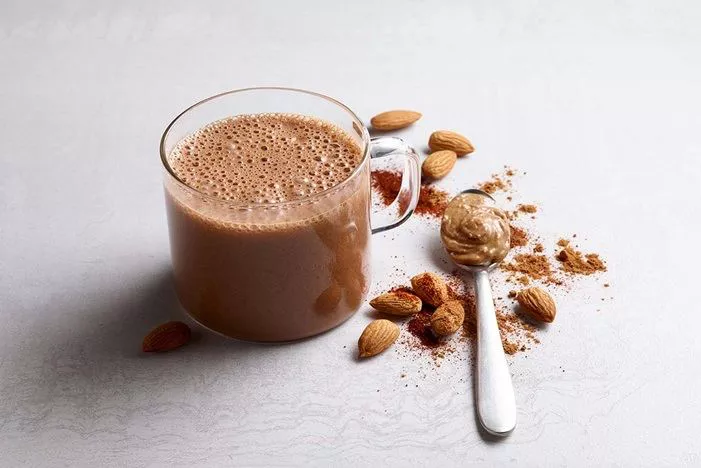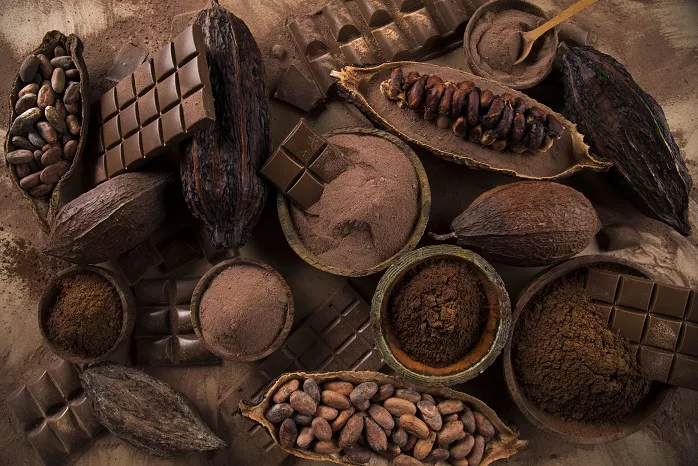In the vast and diverse world of coffee, espresso, and Americano stand out as two distinctive brews, each with its own unique characteristics and flavors. Coffee enthusiasts often find themselves pondering the differences between these popular choices. In this comprehensive exploration, we will delve into the nuances of espresso and Americano, shedding light on their preparation methods, taste profiles, and the cultural significance that makes them beloved across the globe. Let’s unravel the mysteries of these caffeinated wonders, where the keyword “coffee” will guide us through every paragraph.
Understanding Espresso:
Espresso, originating from Italy, is a concentrated coffee brew known for its bold flavor and rich, velvety texture. The term “espresso” itself means “pressed out” in Italian, reflecting the method by which this potent shot is created. Finely ground coffee beans are tightly packed into a small, metal portafilter, and hot water is forced through the grounds under high pressure. This rapid extraction process results in a small, concentrated shot of coffee, typically served in a demitasse cup. The result is a complex and intense coffee experience that highlights the nuances of the coffee beans, making espresso a beloved choice for coffee purists.
The Art of Brewing Espresso:
Brewing a perfect espresso requires precision and skill. Baristas meticulously adjust the grind size, coffee dose, and water temperature to achieve the desired extraction time, typically around 25-30 seconds. The ideal espresso shot boasts a layer of crema – a golden, frothy emulsion of coffee oils and carbon dioxide that sits atop the liquid. This crema not only adds a visually pleasing element but also contributes to the overall flavor and aroma of the espresso. The meticulousness involved in brewing espresso is a testament to the dedication of coffee artisans who strive to extract the best flavors from the beans.
Espresso Flavor Profile:
The flavor profile of espresso is a concentrated symphony of taste, often characterized by notes of chocolate, caramel, and a pleasant bitterness. The intensity of the brew allows for a quick, impactful experience on the palate. The high pressure and short extraction time contribute to the preservation of coffee’s natural oils, giving espresso its signature robustness. The absence of dilution, unlike other coffee preparations, ensures that the true essence of the coffee bean is captured in every small but mighty sip of espresso.
Americano: A Diluted Delight:
On the other end of the coffee spectrum, the Americano offers a milder and more diluted experience. Legend has it that this drink originated during World War II when American soldiers stationed in Italy found the local espresso too strong for their taste. To adapt, they began diluting their espresso shots with hot water, creating a beverage that mirrored the strength of traditional drip coffee. Thus, the Americano was born – a coffee concoction that marries the boldness of espresso with the volume of a regular cup of joe.
Preparing an Americano:
The preparation of an Americano is straightforward, making it an accessible option for coffee enthusiasts. To make this brew, a shot of espresso is pulled, and hot water is added to achieve the desired strength. The ratio of water to espresso can be adjusted according to personal preference, allowing for a customizable coffee experience. The result is a cup that retains the nuances of espresso but with a lighter body and a more extended flavor profile. Americano lovers appreciate the versatility of this beverage, as it can be enjoyed black or with added milk and sweeteners.
Americano Flavor Profile:
The flavor profile of an Americano is inherently more diluted compared to espresso, providing a smoother and less intense taste. The addition of hot water allows for a nuanced exploration of the coffee beans’ flavors, revealing subtleties that might be overshadowed in a concentrated espresso shot. Americanos often exhibit a balanced acidity, a milder bitterness, and a gentle sweetness, making them an excellent choice for those who enjoy a more approachable coffee experience without compromising on depth.
Cultural Significance of Espresso and Americano:
Beyond the realm of taste, both espresso and Americano carry cultural significance that transcends geographical boundaries. Espresso, deeply ingrained in Italian coffee culture, is not merely a drink but a way of life. In Italy, it is customary to stand at the counter of a café while sipping a quick shot of espresso, fostering a sense of community and camaraderie. The ritual of enjoying espresso is about savoring the moment, appreciating the craftsmanship, and engaging in the vibrant tapestry of daily life.
Conversely, the Americano, with its roots in adapting Italian coffee to suit American tastes, reflects a cultural fusion. It has become a staple in coffee shops worldwide, embraced by a diverse range of coffee drinkers. The Americano’s simplicity and versatility align with the dynamic and fast-paced lifestyle often associated with American coffee culture. Whether enjoyed leisurely or grabbed on the go, the Americano embodies the ethos of convenience without compromising on flavor.
Comparative Analysis: Espresso vs. Americano
While both espresso and Americano share the foundation of espresso as their base, their differences are evident in preparation, flavor, and presentation. Espresso, a concentrated shot of coffee, captivates with its boldness and complexity. In contrast, the Americano offers a diluted yet nuanced experience, appealing to those who seek a milder cup without sacrificing the essence of espresso.
The primary distinction lies in the water content; while espresso is pure and undiluted, the Americano’s character is shaped by the addition of hot water. The choice between the two often depends on personal taste preferences and the desired strength of the coffee. Espresso aficionados appreciate the intensity and purity of the shot, while Americano enthusiasts savor the flexibility and approachability of their beverage.
Caffeine Content:
One consideration when choosing between espresso and Americano is the caffeine content. Despite the concentrated nature of espresso, it often contains less caffeine per serving than a cup of Americano. The dilution of the espresso shot with hot water in an Americano results in a larger volume but with a lower concentration of caffeine. This factor may influence the choice of coffee depending on individual caffeine sensitivity and desired energy levels.
Versatility in Recipes:
Both espresso and Americano serve as versatile foundations for a myriad of coffee recipes. Espresso becomes the base for beloved beverages like lattes, cappuccinos, and macchiatos, each offering a unique combination of espresso, steamed milk, and foam. Americanos, too, lend themselves well to customization – whether it’s the addition of flavored syrups, frothed milk, or a dollop of whipped cream. The adaptability of these brews allows for a diverse array of coffee creations tailored to individual taste preferences.
Health Considerations:
For health-conscious coffee drinkers, considering the nutritional aspects of espresso and Americano is essential. Both beverages, when consumed without added sugars or excessive cream, contribute minimal calories to your daily intake. Espresso, with its concentrated nature, contains slightly fewer calories than an Americano of the same size. Additionally, the absence of sugars and additives in these drinks aligns with a healthier coffee-drinking approach.
Conclusion:
In the delightful world of coffee, the choice between espresso and Americano boils down to personal preferences and the experience one seeks. Espresso, with its concentrated richness and bold flavors, stands as a symbol of craftsmanship and tradition. On the other hand, the Americano, born out of a need for a milder option, offers a versatile and approachable coffee experience.


























